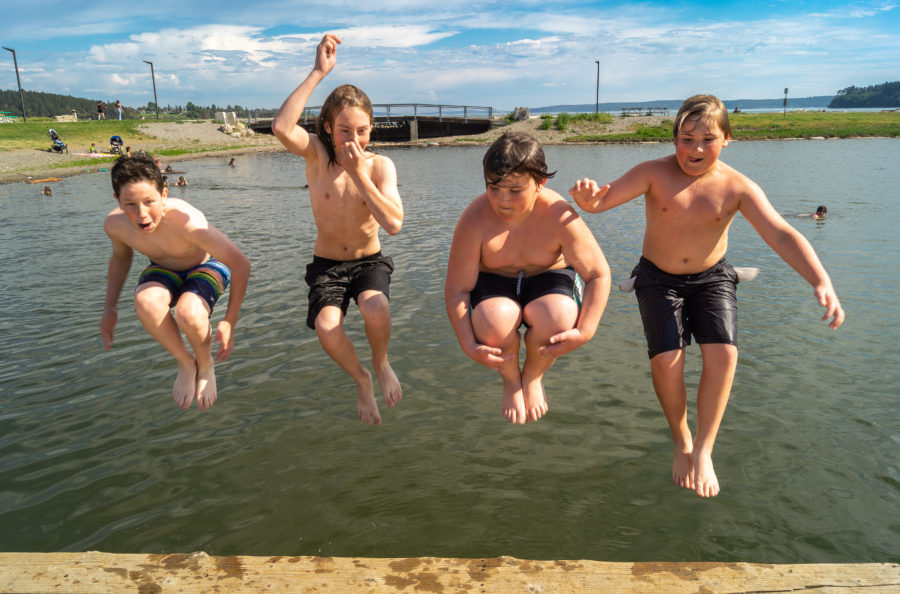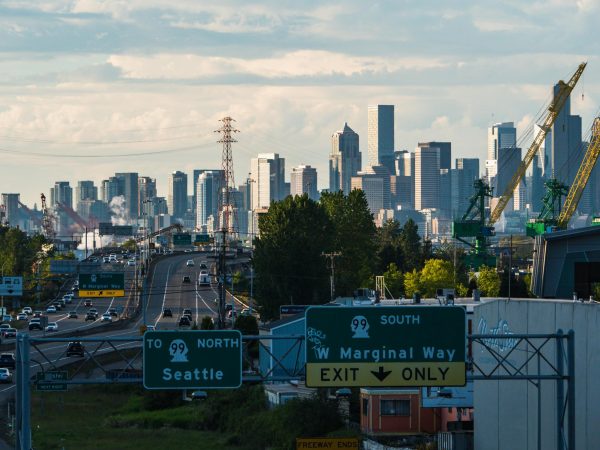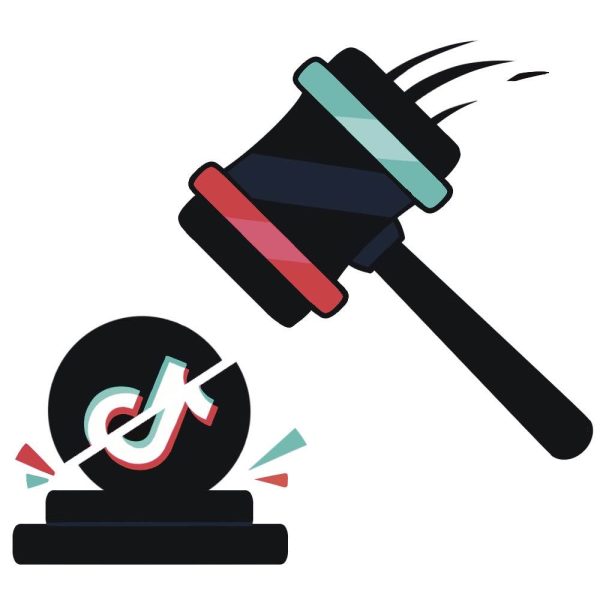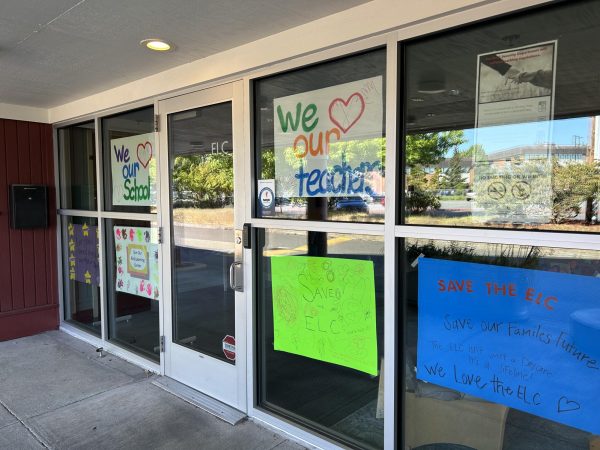Early Season Heat Wave Grips Western Washington
Fighting Global Warming-PNW Style.
Students and Staff have found a good reason to escape the classroom this month with sunny weather, an average weekly temperature of 78 degrees and 88 degree highs half way through the month of May. Besides finals next month, there is another thing biting at the back of our minds. Climate change has hit us with a reminder that another summer of disasters is encroaching.
According to the No Natural Disasters, a campaign composed of a global network of academics and disaster risk reduction practitioners, disasters like these are not “natural”.
Wildfires, storms and heat waves are natural, but to call it natural is to pass blame onto nature or play into the idea that disasters like these could be ‘an act of god’ instead of being fueled by human caused climate change.When naturally occurring hazards like fire happen, they only become a disaster when hazards reach human habitation, argues No Natural Disasters.
During the summer of 2021 the Pacific Northwest dealt with a two-week-long heat wave; the highest temperatures ever recorded at 116 degrees. Climate models are projecting the PNW is at risk of temperatures similar to 2021 with a 50% chance yearly occurrence by 2050, according to a new study published in Nature.
The Pacific Northwest has significantly less air conditioners per average household, leaving specific types of people particularly vulnerable. During the 2021 heat wave disaster many people without home air conditioning sought out relief from the heat by venturing to libraries, hotels or the homes of friends and family, according to the same study published by Nature.
Alisa Lennox, Students Service Specialist at TRiO shared her experience with the 2021 heat wave, “It was difficult, I did not have air conditioning. So I had to find a place to escape to that had air conditioning, which happened to be my parents house…Air conditioning is still not a standard for Washington homes and it can be very expensive to be installed – between $5-8,000 dollars and that’s if you own a home. That’s if you don’t rent and with the high cost of home ownership in this state, most people are renting. Even rents are really high, so a lot of landlords don’t want to put in air conditioning.”
The distribution of security from heat waves rides along the line of those who can afford air conditioning and who cannot.
According to the Associated Press, 112 people were confirmed to have died from heat related illness in Washington due to these disasters and 116 in Oregon. An additional 619 deaths could be attributed to the heat according to the British Columbia Chief Coroner in 2021.
According to the International Federation of Red Cross and Red Crescent Societies, the definition of a disaster is the following, “Disasters are serious disruptions to the functioning of a community that exceed its capacity to cope using its own resources. Disasters can be caused by natural, man-made and technological hazards, as well as various factors that influence the exposure and vulnerability of a community.”
Governing on climate has become more prevalent as climate change has impacted communities globally. A study by IOPScience, studying the role of local narratives on emerging climate governance, finds pro-growth economics and policies have sacrificed vulnerable communities’ health, wealth and environmental quality.
The same study finds that the narratives of local history of climate and social injustice are what shape climate debate in communities.
Our communal response and the use of power by our elected legislators and powerful decision-makers determines the impact of these hazards. The 847 deaths in 2021 across British Columbia, Washington and Oregon were the sum of our past choices.

What is Your Goal with Being a Journalist?
My goal with being a Journalist is to do what I think my role in a community ought to be. I do not see myself...

What is your dream job?
My Dream Job would pay me an exorbitant amount of money every Friday. I would work four days a week & have at least three...










